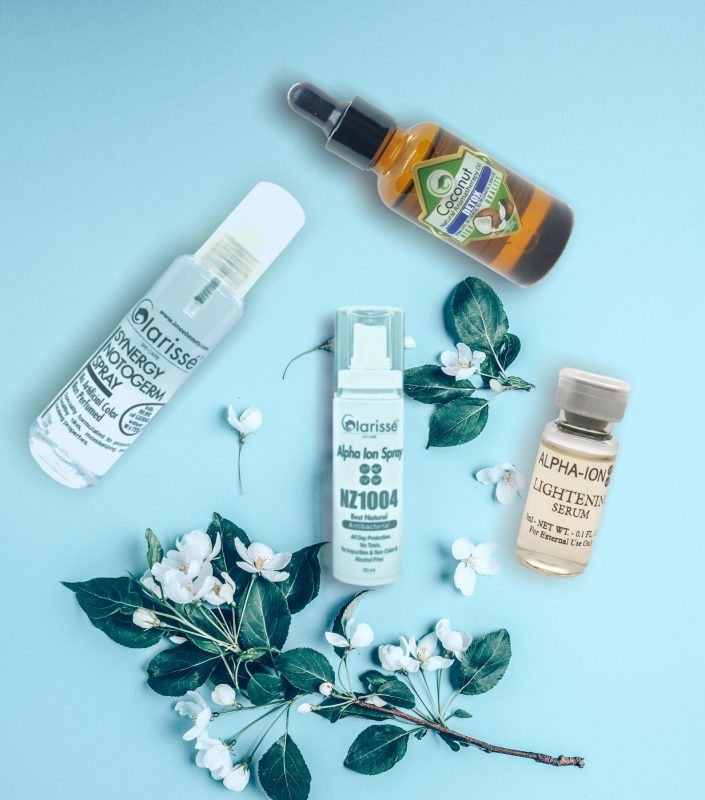

Our Nano Tech Journey
Over 20 years ago, Clarisse researchers began to explore how to apply nanotechnology to heal scars, wounds and acne on the skin while simultaneously improving the appearance of damaged skin. Unlike younger skin which heals faster, and easier, older skin can act like wounded skin if not treated well.

Feel The Difference Nano Infused Products.
Clarisse began developing products using nanotechnology to support healing of the skin. Nanoparticles act not only as UV filters but also as vehicles, or cosmetic delivery agent to enhance skin hydration and other biofunctions.
The nanostructure within the particles are better cosmetic performers which help to stimulate the processes that regenerate and restore the key building blocks of skin structure.
Ranges of Nano Tech Products In Wellness and Beauty.
Our cutting-edge research and creativity have enabled us to offer our products – wound healer, acne healer, scar remover, facial creams, body scrub and essential oils – all based on nanotechnology.

What is Nano Technology?
What is Nano? According to the International Standards Agency (SI), nano is a unit, referring to the size of a billionth of a meter, which means, 1 nanometer is 10-9 of a meter. Hence, it tells the size of a particle. Effective against bacteria, fungus and virus! In the biomedical industry, Nano Zn+ is widely functional and beneficial.
When mixed with water, Nano Zn+ releases zinc ions (Zn+), which penetrates through cell membranes. When in contact with the negatively charged microbial cells, sulfhydryl in the bacteria will be attracted, deactivating the enzyme and directly damages the cell membrane, changing the characteristics of enzyme in microbial cells, leading to suffocation, decelerating metabolism and reproduction of bacteria and deactivating its anti-bacterial effect.
